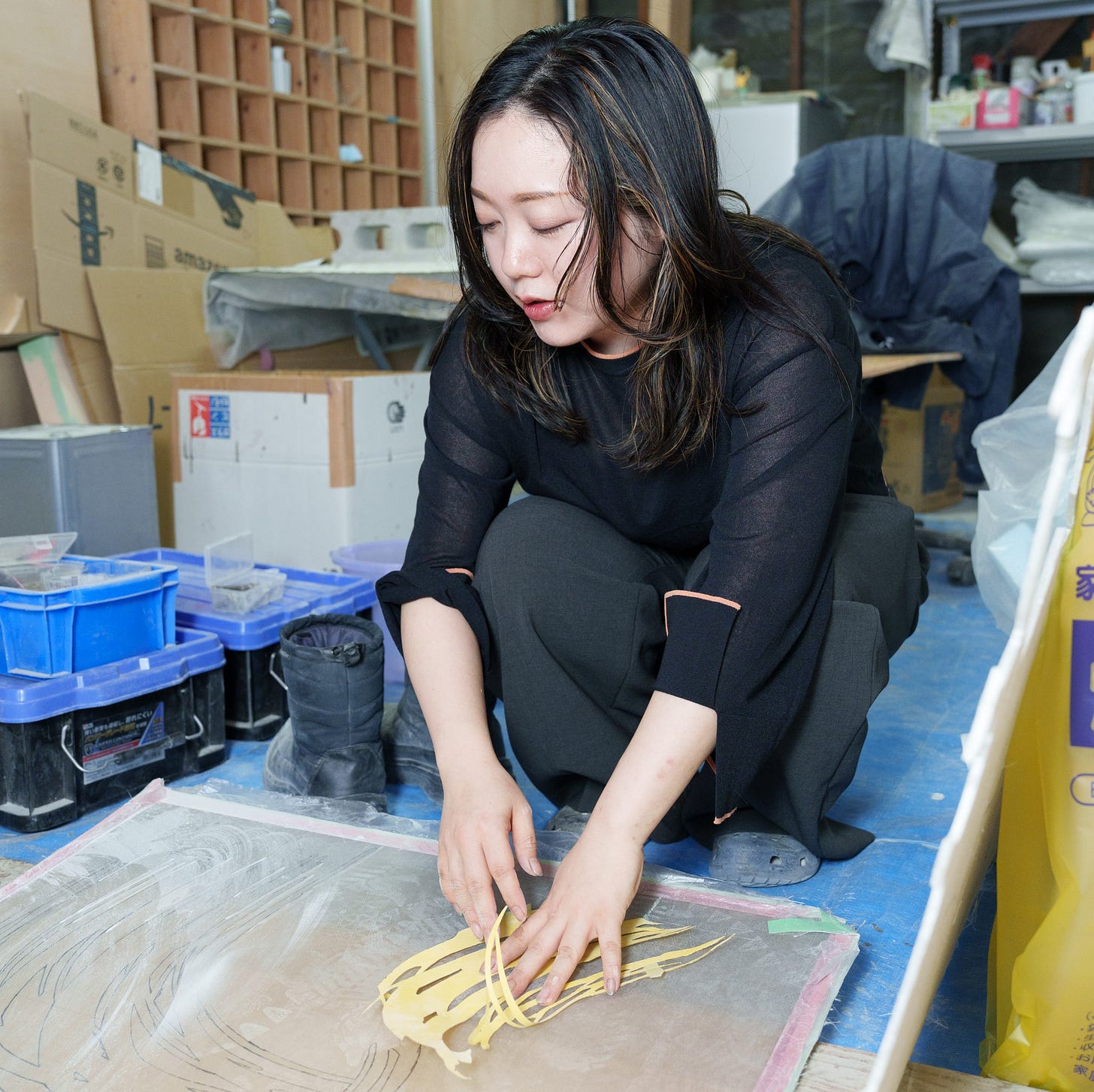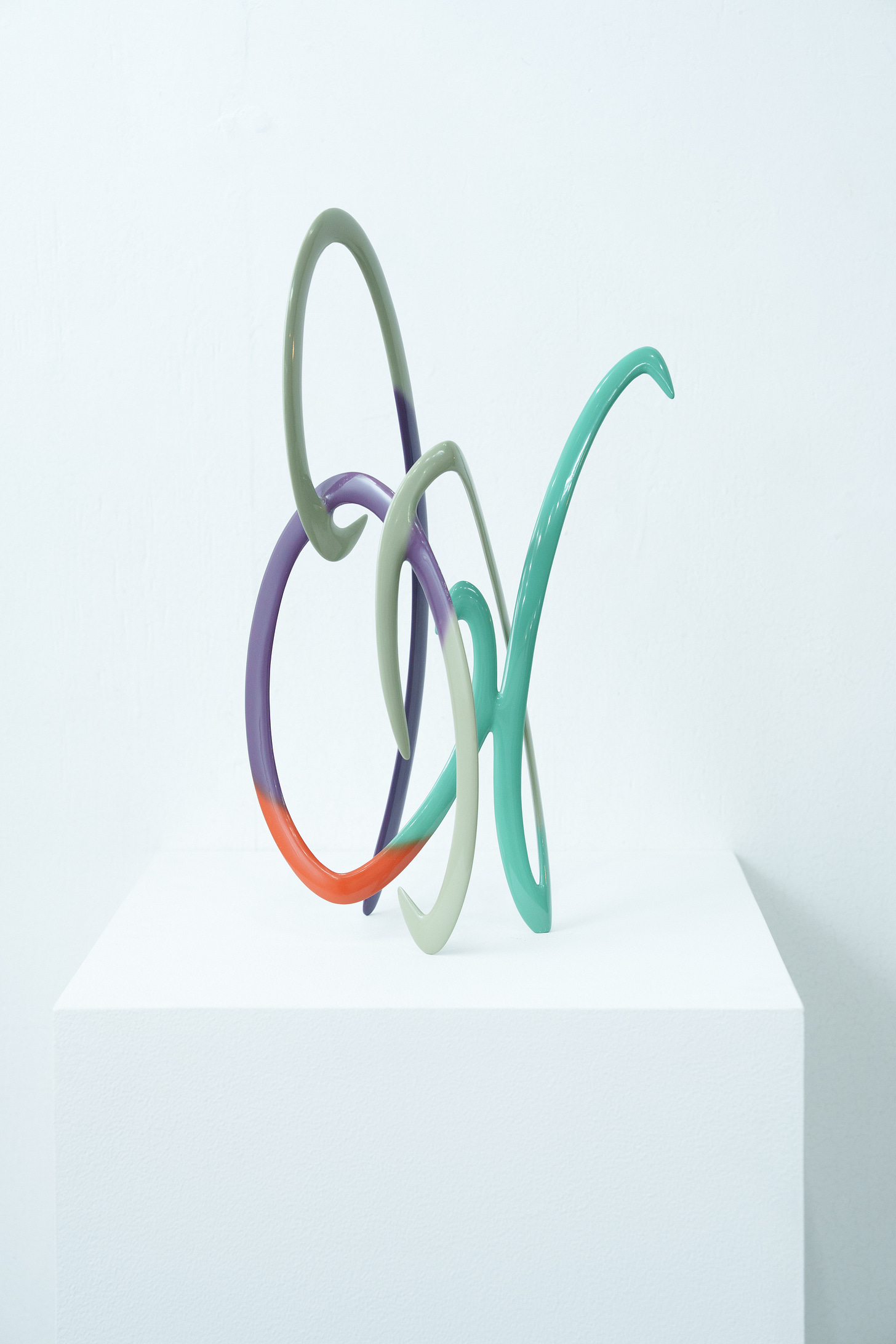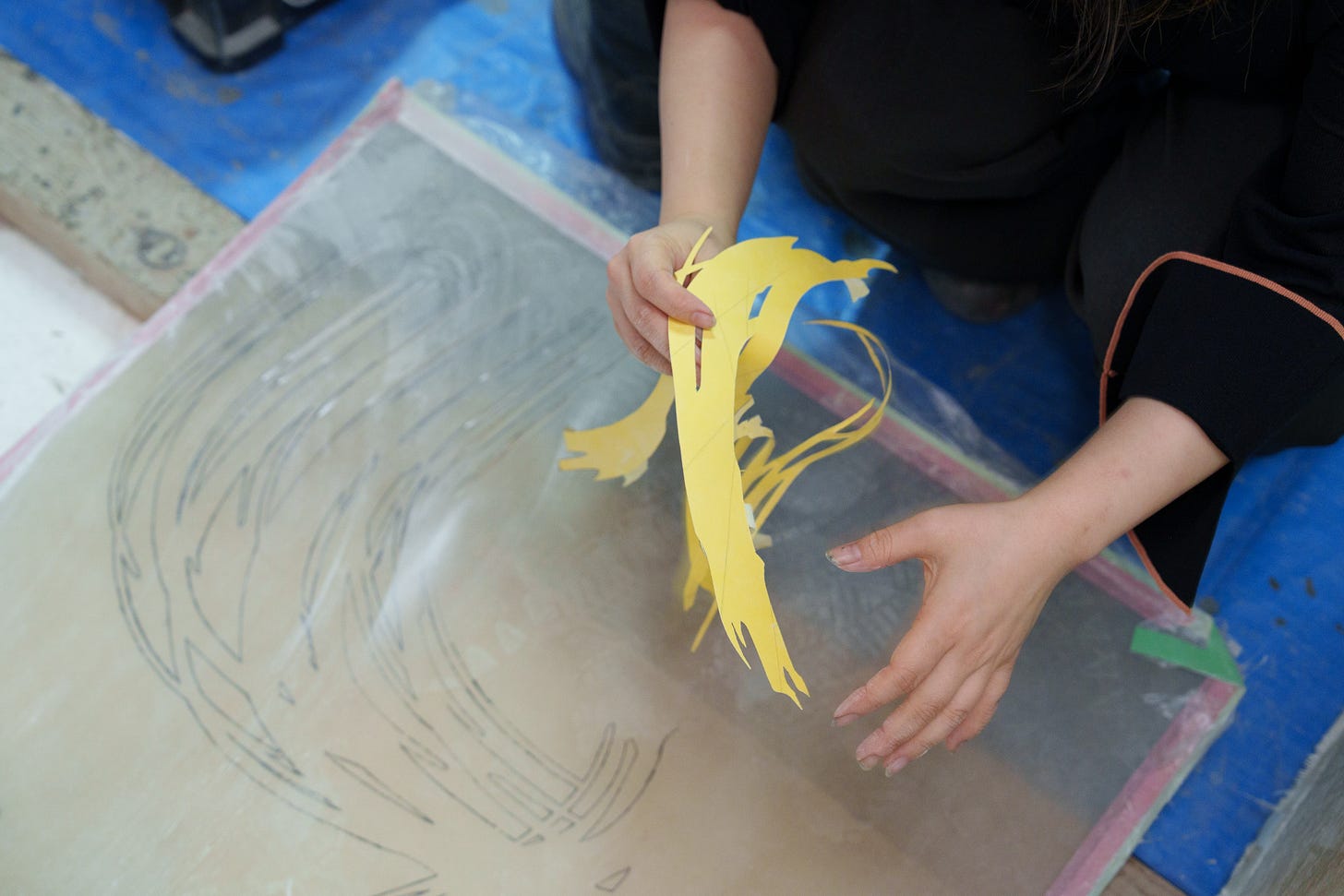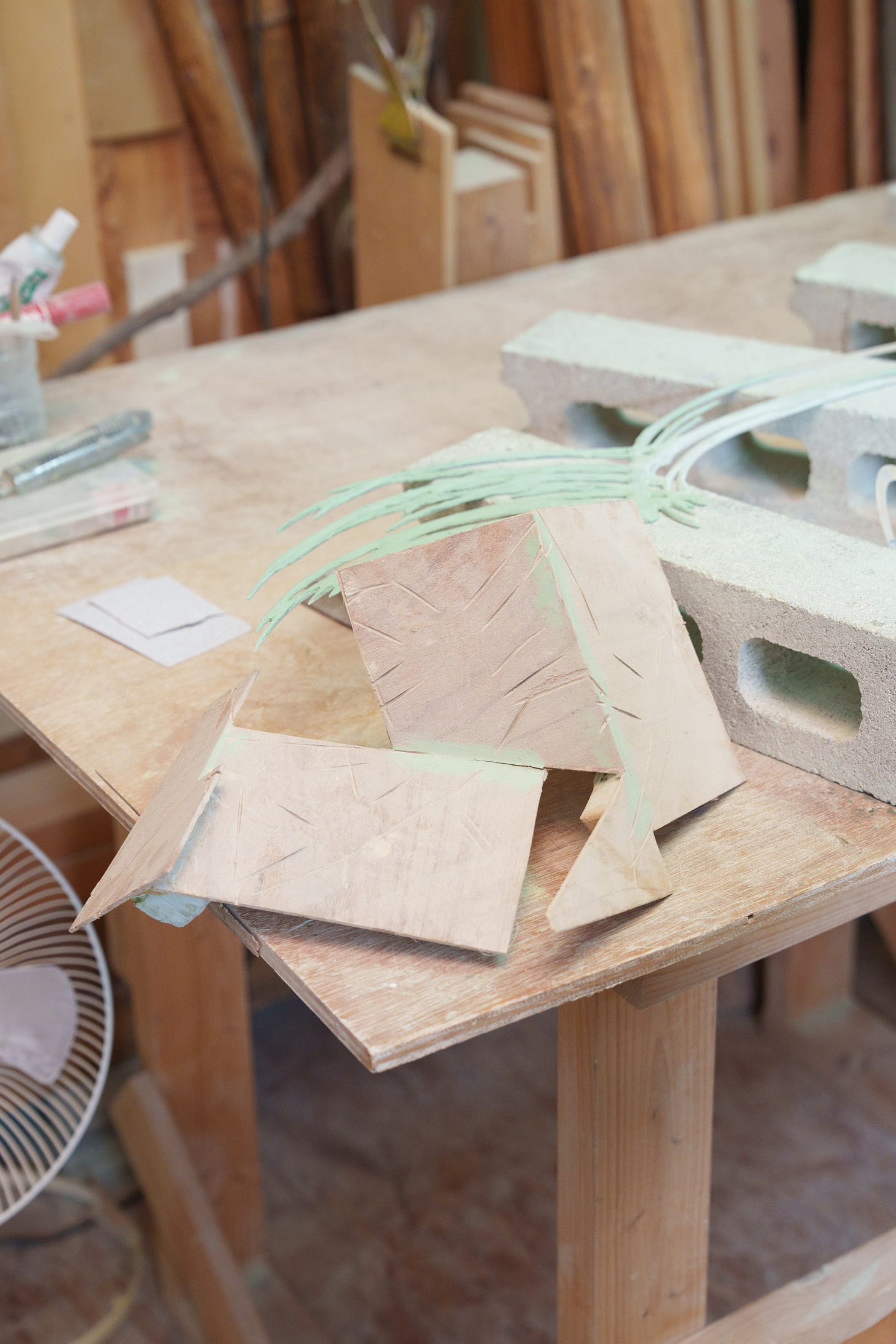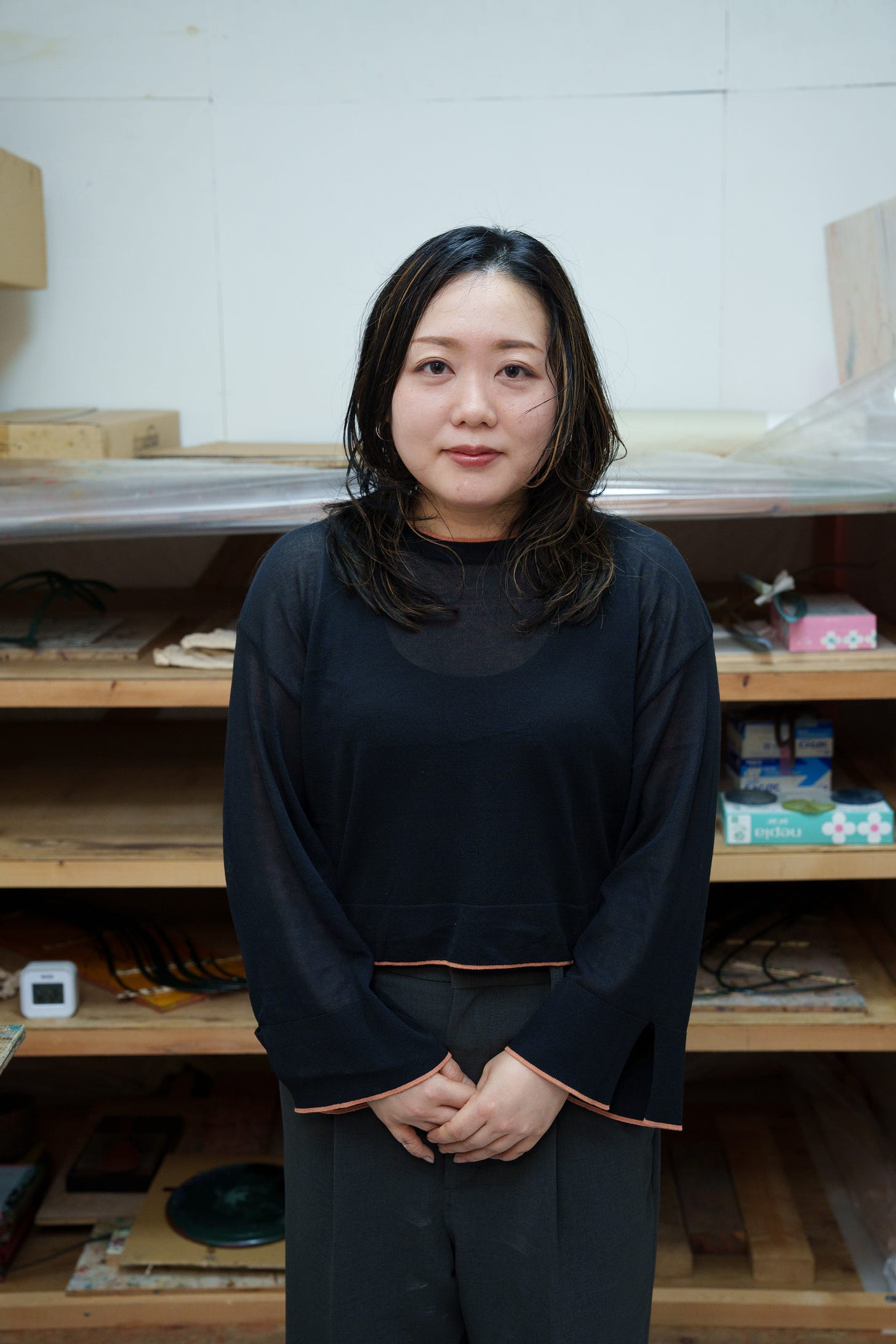Japan’s New Craftspeople: Tanigawa Mine
Lacquerware in New Horizons
Lacquer is a natural and transparent resin, a sap harvested from the Urushi trees, and used to create decorative objects by applying coats onto surfaces in multiple layers. The Asian craft has a long history, dating back to ancient times. Since lacquerware began to make its way to the West in the 16th century, it has captured the imagination of Europeans, becoming celebrated artifacts and symbols of status and taste, praised for their unique, soft-polished sheen and special ornamentation. Since the 1960s, lacquer has been reinterpreted by artists in Japan, who have been pushing the boundaries of the craft to new horizons, transforming lacquerware from traditional sacred objects, Buddhist altars, and shrines—as well as tableware decorated with gold powder—into abstract sculptures.
The new generation of craftspeople, following the footsteps of Kanazawa-based legendary artist Nobuyuki Tanaka, considered Japan’s most prolific lacquer artist, have utilized the unique substance and the traditional method of the craft to create contemporary and abstract sculptures. They use kanshitsu, the so-called Dry Lacquer technique, where the sap is applied onto hemp fabric, which covers a sculptural form that can be removed once the sculpture is complete, resulting in a pure representation of the material. In my recent expedition to Japan, I visited the studios of two lacquer artists, both women, who live and work in Kyoto. Both have achieved a personal language while modifying and contributing to the ancient process in their own voices. I was surprised to learn that lacquer art is practiced today primarily by women, and that approximately 80% of students choosing to major in Urushi-lacquering in Japanese universities are women.
My visit to the Kyoto studio of Tanigawa Mine caught me by surprise, because the 36-year-old artist has found her own voice within the art of lacquer, and it is fresh and different from what one might expect from a lacquer artist. Though we might think of lacquer craft as planned, progressing slowly, her drawings done in lacquer are improvisational. Her greatness lies in the seamless way she merges drawings and the skill of lacquer art, forging a personal visualization and technique that utilizes lacquer as a tool to create contemporary art.
As I watched Mine sketching on a piece of hard plastic board, then cutting out the drawing, forming the motion which would become a sculpture, I was thinking of Front Design, the Stockholm-based group of female designers who became known for sketching furniture in the air and connecting the sketches to a 3D-printer, because just like that, she freezes the motions. When it comes to the lacquer, the process is traditional and similar to other artists working in the dry lacquer technique. She applies layers of pigmented lacquer onto the form of the free drawing, and has to wait for each coat to dry before applying the next.
Photography by © Takuro Kawamoto.
This visit was made possible by Keiko Art International.


